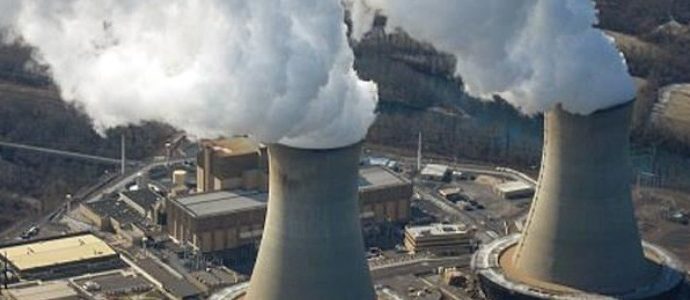The Tentative First Steps To Removing Fukushima’s Nuclear Fuel Has Begun
Decommissioning teams at Japan’s Fukushima nuclear plant have begun a two-week operation aimed at retrieving a sample of the radioactive debris that remains inside the facility’s stricken nuclear reactors, using a telescoping robot custom-built for the task, thirteen years after the power plant suffered multiple meltdowns in the wake of the tsunami thatread more
